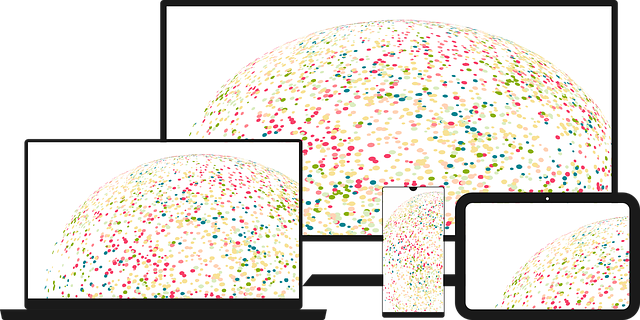The food industry is undergoing a quiet revolution with the integration of AI early warning systems for food spoilage, leveraging deep learning and machine learning algorithms to predict and prevent food deterioration. These systems analyze sensor data, historical sales, and other factors to optimize inventory management and preservation patterns, reducing waste and enhancing operational efficiency. However, implementing these systems presents challenges such as privacy concerns, high dataset requirements, and computational power needs. Scalable cloud computing platforms enable continuous learning and adaptation, promising safer, fresher food products with minimal environmental impact.
In the dynamic landscape of the food industry, Artificial Intelligence (AI) is transforming operations, with deep learning emerging as a game-changer. This article explores how AI, specifically deep learning, enhances efficiency and cuts waste through predictive analytics, focusing on food spoilage. We delve into building the necessary infrastructure for AI early warning systems designed to predict spoilage, highlighting benefits and addressing challenges in implementation. By leveraging these advanced technologies, the food industry can achieve significant sustainability gains.
- Understanding AI's Role in Food Industry Efficiency
- Building an Infrastructure for Deep Learning in Spoilage Prediction
- Implementing Early Warning Systems: Benefits and Challenges
Understanding AI's Role in Food Industry Efficiency

The food industry, a vast and critical sector, is undergoing a quiet revolution with the integration of Artificial Intelligence (AI) and deep learning. These technologies are transforming various aspects of food production, processing, and distribution, offering significant advantages in terms of efficiency and cost savings. One notable application is the development of AI early warning systems for food spoilage. By leveraging machine learning algorithms, these systems can analyze vast amounts of data from sensors deployed throughout the supply chain. This enables them to predict with remarkable accuracy when food items are likely to spoil, allowing businesses to take proactive measures.
Such systems don’t just help reduce waste; they also enhance overall operational efficiency. For instance, AI can optimize inventory management by forecasting demand more accurately, ensuring that perishable goods are ordered and stored appropriately. Additionally, predictive analytics powered by AI can identify patterns in food spoilage, helping manufacturers and retailers implement better preservation techniques. This technology is a game-changer, promising to streamline processes, reduce environmental impact, and ultimately, provide safer and fresher food products to consumers.
Building an Infrastructure for Deep Learning in Spoilage Prediction

Building an infrastructure for deep learning in spoilage prediction is a crucial step in developing effective AI early warning systems for food spoilage. This involves establishing robust computational resources, including powerful GPUs and specialized hardware accelerators, to handle complex neural network models. Additionally, ensuring high-quality, diverse datasets is essential; these data should encompass various food types, storage conditions, and spoilage scenarios to train and validate accurate deep learning algorithms.
The infrastructure should also support efficient data processing pipelines, enabling seamless integration of real-time sensory data from packaging materials or environmental sensors. This streamlines the process of feeding fresh data into the AI models, allowing them to continuously learn and adapt to new patterns in food spoilage. Furthermore, implementing scalable cloud computing platforms facilitates easy access, collaboration, and model deployment for these AI early warning systems.
Implementing Early Warning Systems: Benefits and Challenges

Implementing AI-driven early warning systems in food supply chains offers significant benefits, particularly in reducing food waste and ensuring product freshness. These systems utilize deep learning algorithms to analyze vast amounts of data from various sources like temperature sensors, humidity monitors, and historical sales data. By predicting spoilage patterns, they can trigger alerts well in advance, allowing businesses to take proactive measures. For instance, smart refrigeration systems equipped with AI can identify when perishable items are approaching their expiration dates or when storage conditions deviate from optimal levels, enabling retailers to restock or adjust inventory accordingly.
However, integrating AI early warning systems comes with challenges. Data privacy and security concerns arise due to the handling of sensitive product and consumer information. Additionally, developing robust models requires diverse, high-quality datasets, which can be costly and time-consuming to acquire. Training algorithms to accurately predict spoilage for a wide range of food products presents another hurdle. Moreover, ensuring real-time system responsiveness while maintaining accuracy demands substantial computational power and efficient hardware infrastructure, particularly in large-scale distribution networks.
AI has the potential to revolutionize the food industry by significantly improving efficiency, particularly in predicting food spoilage. Building a robust deep learning infrastructure is crucial for implementing effective AI early warning systems for food spoilage. While there are numerous benefits, such as reduced waste and improved product quality, challenges like data collection and model training require careful navigation. As the technology advances, these systems will become integral to maintaining a sustainable and safe food supply chain.
